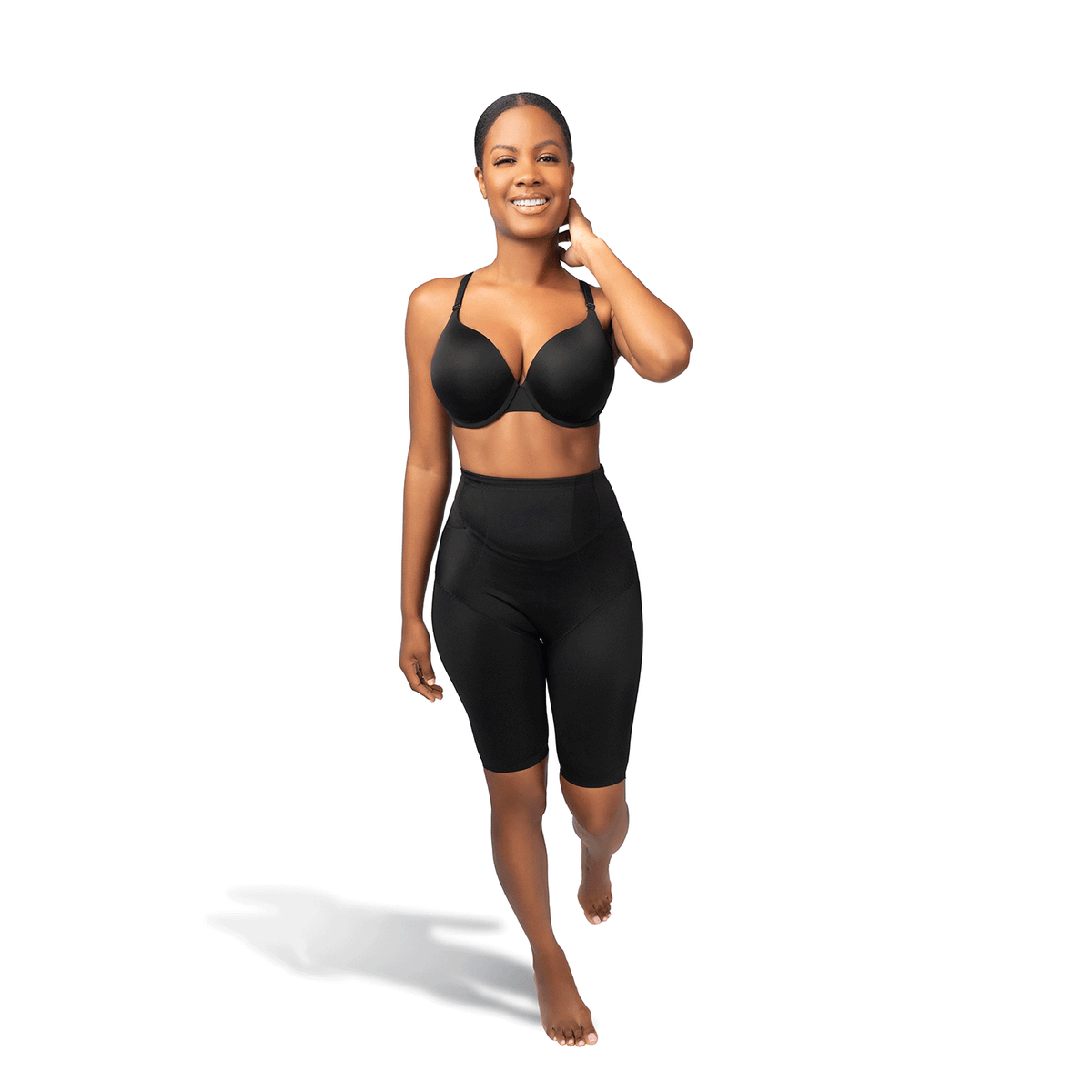The Evolution of Shapewear: From Corsets to Modern Wonders

The Evolution of Shapewear: From Corsets to Modern Wonders
Shapewear has been a staple of women's fashion for centuries, evolving from its restrictive beginnings into the comfortable, high-tech garments we see today. The journey from corsets to modern shapewear is not just a tale of changing fabrics and designs but also a reflection of shifting cultural attitudes toward women's bodies and fashion. In this blog, we’ll take a fascinating journey through the history of shapewear, exploring how it has transformed and what it means for us today.
The Corset Era: Embracing the Hourglass Figure
The Birth of Shapewear
The corset, a garment that dates back to the 16th century, is often considered the earliest form of shapewear. Initially made from rigid materials like wood or metal, corsets were designed to cinch the waist and lift the bust, creating the idealized hourglass figure that was highly coveted in the 19th century.
Corsets were not just about fashion; they were also a symbol of social status and femininity. Women of higher social classes were expected to adhere to strict beauty standards, and the corset played a crucial role in this. Unfortunately, these early corsets could be incredibly uncomfortable, causing health issues like restricted breathing and misaligned organs.
The Shift in Comfort and Functionality
As the 20th century progressed, so did attitudes toward comfort and practicality. The early 1900s saw the introduction of more flexible corsets and the advent of the girdle. These garments were less restrictive and offered more comfort while still providing some degree of shaping. During World War II, the emphasis shifted from ultra-feminine silhouettes to more practical and comfortable designs, reflecting the changing role of women in society.
The Mid-Century Revolution: The Rise of the Girdle and Bustier
The Girdle Era
Post-WWII fashion saw the rise of the girdle, which was designed to smooth and shape the body without the extreme cinching of earlier corsets. Girdles were made from elastic materials and offered a more relaxed fit while still achieving a desirable shape. This era marked a significant shift towards comfort and functionality, as women increasingly sought shapewear that could support their busy lifestyles.
The Bustier Boom
The mid-20th century also introduced the bustier, a garment that combined elements of a corset with the convenience of a bra. Bustiers provided support and shaping for both the torso and bust, often with built-in padding and underwires. They became popular in the 1950s and 60s, thanks to their blend of style and functionality.
The Modern Era: Innovation and Inclusivity
The Advent of Modern Shapewear
The late 20th and early 21st centuries witnessed a shapewear revolution. Advances in fabric technology led to the development of high-performance materials like Lycra and spandex, which offer unparalleled comfort and stretch. Modern shapewear is designed to be virtually invisible under clothing, providing smooth lines without the discomfort of earlier garments.
Shapewear now comes in a variety of styles, including bodysuits, tummy control panties, and thigh shapers. These garments are engineered to provide targeted support and enhancement while allowing for natural movement. The emphasis has shifted from merely altering body shape to enhancing and celebrating it.
The Rise of Body Positivity and Inclusive Sizing
In recent years, there has been a significant push towards body positivity and inclusivity within the shapewear industry. Brands are now offering a wider range of sizes and styles to accommodate diverse body types. This shift reflects a broader cultural change towards accepting and celebrating all forms of beauty.
Moreover, shapewear is no longer seen solely as a tool for achieving an idealized figure but as a means of enhancing confidence and comfort. Many modern shapewear pieces are designed with breathable fabrics and innovative features like moisture-wicking and seamless construction, making them suitable for everyday wear.
Looking Ahead: The Future of Shapewear
As we look to the future, the shapewear industry continues to evolve. Innovations in fabric technology and design will likely lead to even more comfortable and effective garments. Additionally, the focus on sustainability is expected to grow, with eco-friendly materials and ethical manufacturing practices becoming more prevalent.
The evolution of shapewear is a testament to how fashion and societal norms are intertwined. From the rigid corsets of the past to the inclusive and innovative shapewear of today, this journey reflects broader changes in attitudes towards women's bodies and fashion. As we continue to push for greater comfort, inclusivity, and sustainability, the future of shapewear promises to be as dynamic as its past.
